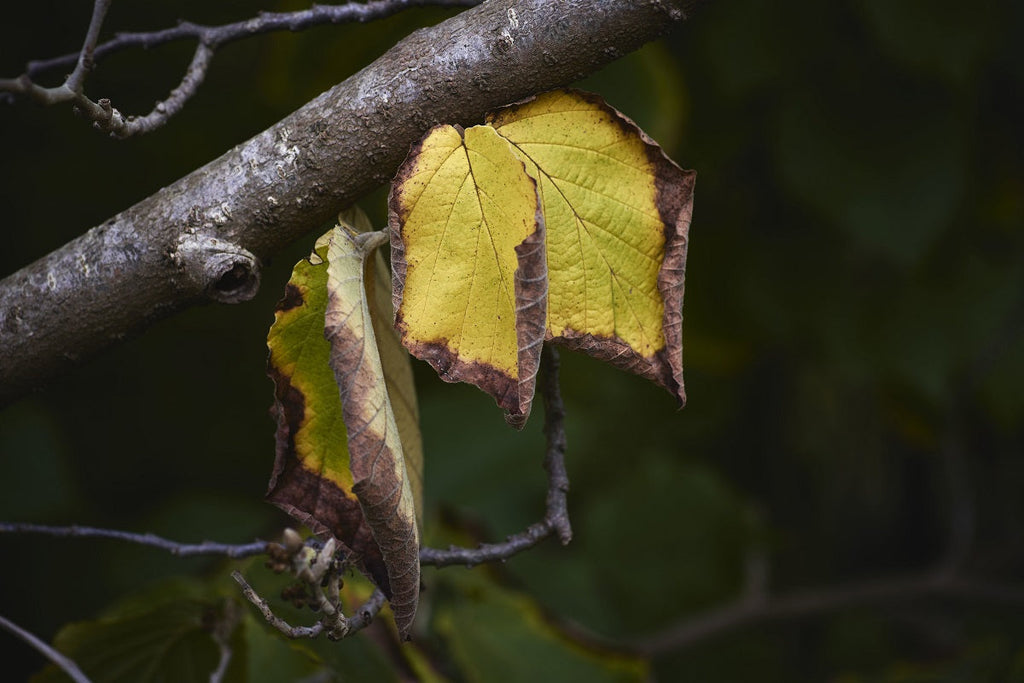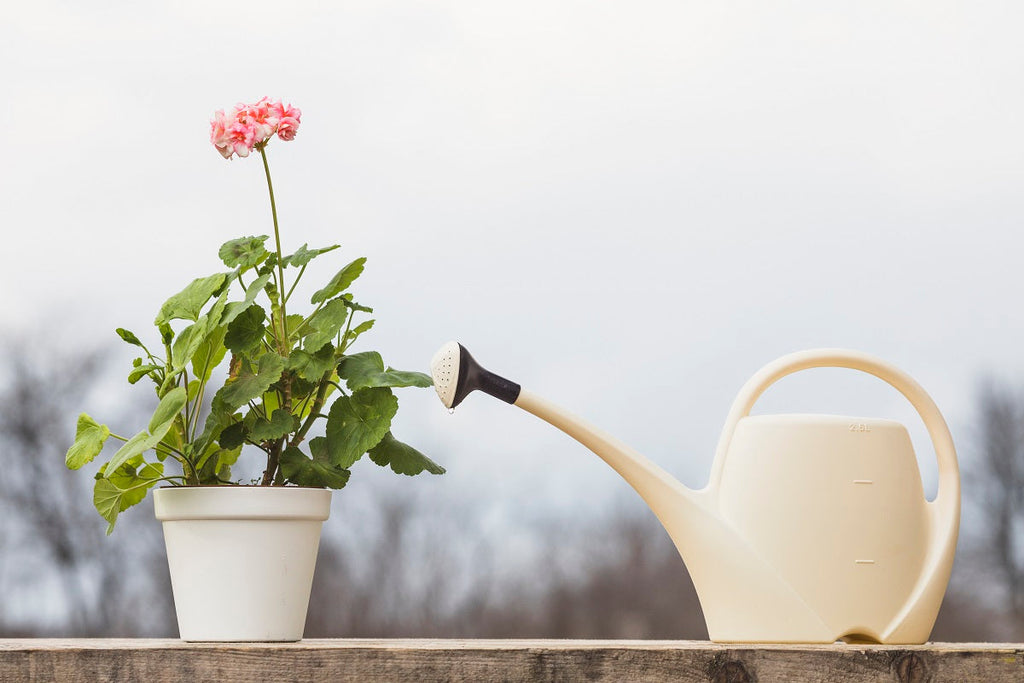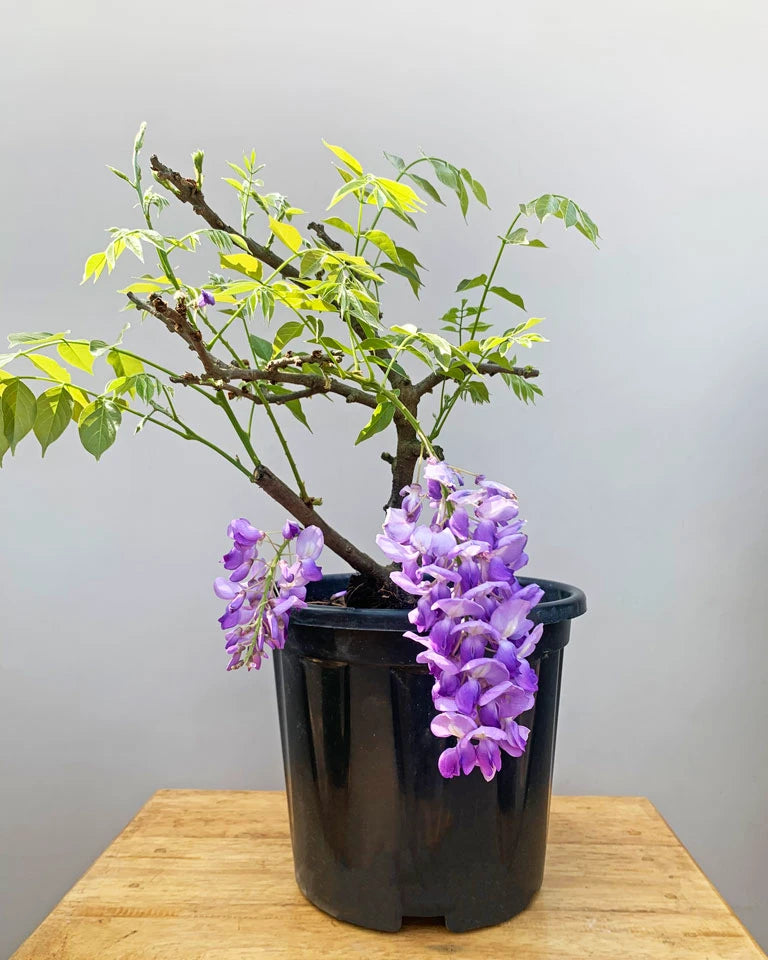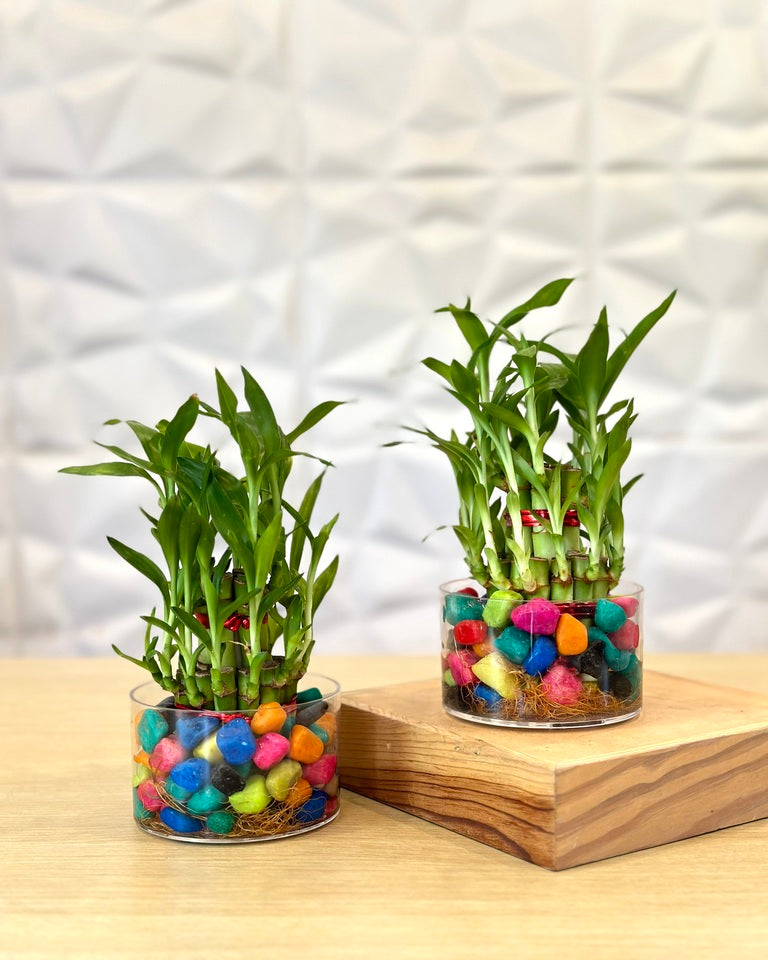
Brown Leaves? Droopy Stems? Here’s How to Fix a Dying Plant

Every Plant Parent’s Nightmare
We've all been there—you walk past your favourite plant and suddenly notice brown leaves, droopy stems, or a once-vibrant bloom starting to fade. Your leafy buddy is sending out an SOS, and you’re not sure how to respond. If you've found yourself Googling "how to care for dying plant" in a panic, you’re not alone. The good news? With a little TLC (Tender Loving Care) and the right guidance, most plants can bounce back!
In this blog, we’re diving deep into how to care for dying plant situations the right way—from signs of distress to actionable steps you can take to revive your green friend. Let’s bring that plant back to life!

Why Do Plants Die in the First Place?
1. Overwatering
Too much love can hurt, too. Overwatering is one of the most common mistakes plant parents make. It suffocates the roots and causes root rot, leading to a mushy mess that no plant wants.
How to care for dying plant caused by overwatering:
-
Gently remove the plant from its pot.
-
Trim off any mushy or blackened roots.
-
Let the root ball dry for a day.
-
Repot in fresh, well-draining soil.
-
Water only when the top 1-2 inches of soil are dry.
2. Underwatering
If your plant looks crispy, droopy, and lifeless, there’s a good chance it’s dehydrated.
How to care for dying plant that's underwatered:
-
Check if the soil has pulled away from the pot edges.
-
Rehydrate by soaking the pot in water for 15-30 minutes.
-
Resume a regular watering schedule.
-
Use mulch or top dressing to retain moisture.
3. Poor Light Conditions
Just like us, plants need light to live. Too much or too little sunlight can stress your plant out.
How to care for dying plant affected by light issues:
-
Check if your plant is scorched (too much sun) or leggy (too little).
-
Move it to an area with better-suited lighting.
-
Rotate your plant weekly to ensure even light exposure.
4. Pest Infestation
If you spot tiny bugs or webbing, your plant might be a bug buffet.
How to care for dying plant attacked by pests:
-
Isolate the affected plant.
-
Wipe the leaves with a damp cloth.
-
Spray neem oil or insecticidal soap.
-
Check the undersides of leaves regularly.
5. Select your soil mixture according to the area you live in:
-
-
North India: Red soil is often too alkaline and poor in nutrients for common garden plants. Use a mix of earth soil (loamy), compost, and cocopeat for moisture retention and nutrient balance.
-
South India: Red laterite soil is common and can be productive but may lack organic matter. Mix with compost and river sand to improve drainage.
-
East India: Alluvial soil is generally fertile, but adding cocopeat and compost can help improve structure and aeration.
-
West India: Sandy or rocky soils are common; use a blend of loam, cocopeat, and organic compost to improve water-holding capacity and fertility.
-
Central India: Black cotton soil retains water well but needs sand or cocopeat to prevent waterlogging. Mix with compost for better aeration.
-
Understanding regional soil types makes it easier to care for dying plant issues caused by improper soil mixtures.
Spot the Signs Early
Understanding your plant's language is the first step in learning to care for dying plant situations. Here are the early signs to watch for:
-
Yellowing or browning of leaves
-
Wilting or drooping foliage
-
Soggy or bone-dry soil
-
Slow or no new growth
-
Foul-smelling soil (indicating root rot)
Spot these? Don’t wait—start immediate rescue steps.

How to Revive a Dying Plant Step-by-Step
1. Diagnose the Problem
Before anything else, figure out what went wrong. Overwatered? Pest issue? Wrong lighting? Understanding the root cause is key to care for dying plant recovery.
2. Trim Dead or Dying Parts
Remove yellow or brown leaves and dead stems. This not only improves the plant's appearance but also helps it conserve energy for new growth.
3. Repot if Needed
If the soil is compacted, smelly, or filled with pests, it’s time to repot. Use a fresh, well-draining potting mix and a clean container.
4. Adjust the Watering Routine
Check the soil regularly. If it’s dry 1-2 inches below the surface, it’s time to water. If it’s moist, wait a few days.
5. Give It the Right Light
Not all plants need full sun. Know your plant’s needs and place it accordingly.
6. Add Fertilizer Carefully
Once your plant shows signs of recovery, add a diluted, balanced fertilizer to boost its growth. Avoid overfeeding a stressed plant.
7. Monitor Progress
Track its health week by week. Take photos, check leaf health, and document watering frequency. That’s how you care for dying plant like a pro!

Pro Tips to Keep Your Plants Healthy Long-Term
-
Stick to a care routine: Create a simple plant care schedule for watering, feeding, and checking for pests.
-
Use quality potting mix: A good mix provides nutrients and improves drainage.
-
Group similar plants together: Makes it easier to manage light and water needs.
-
Dust the leaves: Plants breathe through their leaves. Keep them clean!
-
Watch for seasonal changes: Some plants go dormant or behave differently with weather shifts. Adjust care accordingly.
With these habits, you'll rarely need to look up care for dying plant ever again.
Why You Shouldn’t Give Up on Your Plant
Every plant deserves a second chance. Just because it looks half-dead doesn’t mean it is. With time, patience, and the right techniques, you can care for dying plant issues and bring it back to its lush, happy self.
There’s something magical about watching a plant bounce back—it’s proof that with love, nature heals. So don’t toss it out just yet. Roll up your sleeves and get to work.
Final Thoughts
Next time you notice brown tips, wilting leaves, or a sad-looking plant, remember: It’s not the end. Plants are surprisingly resilient, and with proper guidance on how to care for dying plant symptoms, you can bring them back to life.
Keep learning, keep growing, and keep those plant vibes alive. And hey, if you’ve revived a plant before, share your tips in the comments—the plant community thrives on shared green wins!
FAQs
1. Can I save a plant that has turned completely brown?
Yes, in many cases, even a brown plant can recover. Check if the stem is still green inside by scratching it gently. If so, follow the right steps to care for dying plant problems like trimming dead parts, repotting, and proper watering.
2. What is the most common mistake people make when caring for a dying plant?
Overwatering is the #1 culprit. It leads to root rot, one of the hardest issues to reverse. Always check the soil before watering and learn the proper way to care for dying plant situations.
3. How long does it take for a dying plant to recover?
Depending on the severity of the damage, it can take anywhere from a few weeks to a couple of months. Consistent effort and proper care for dying plant symptoms will improve the chances of recovery.
4. Should I use fertilizer on a dying plant?
Fertilizer should be used only after the plant shows signs of recovery. Too much too soon can stress it further. Focus first on stabilising the plant and then gradually include feeding as part of your care for the dying plant plan.













